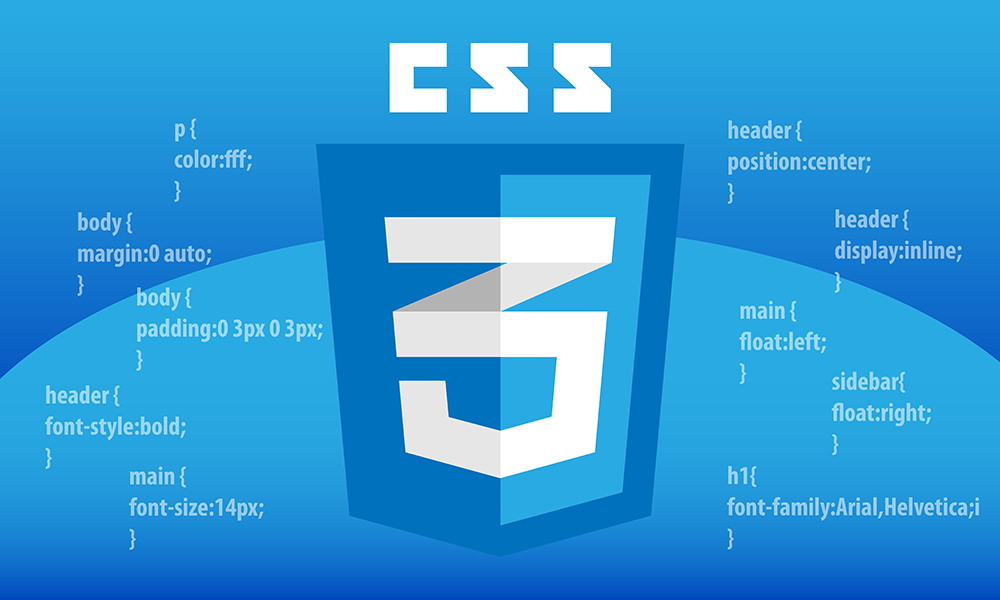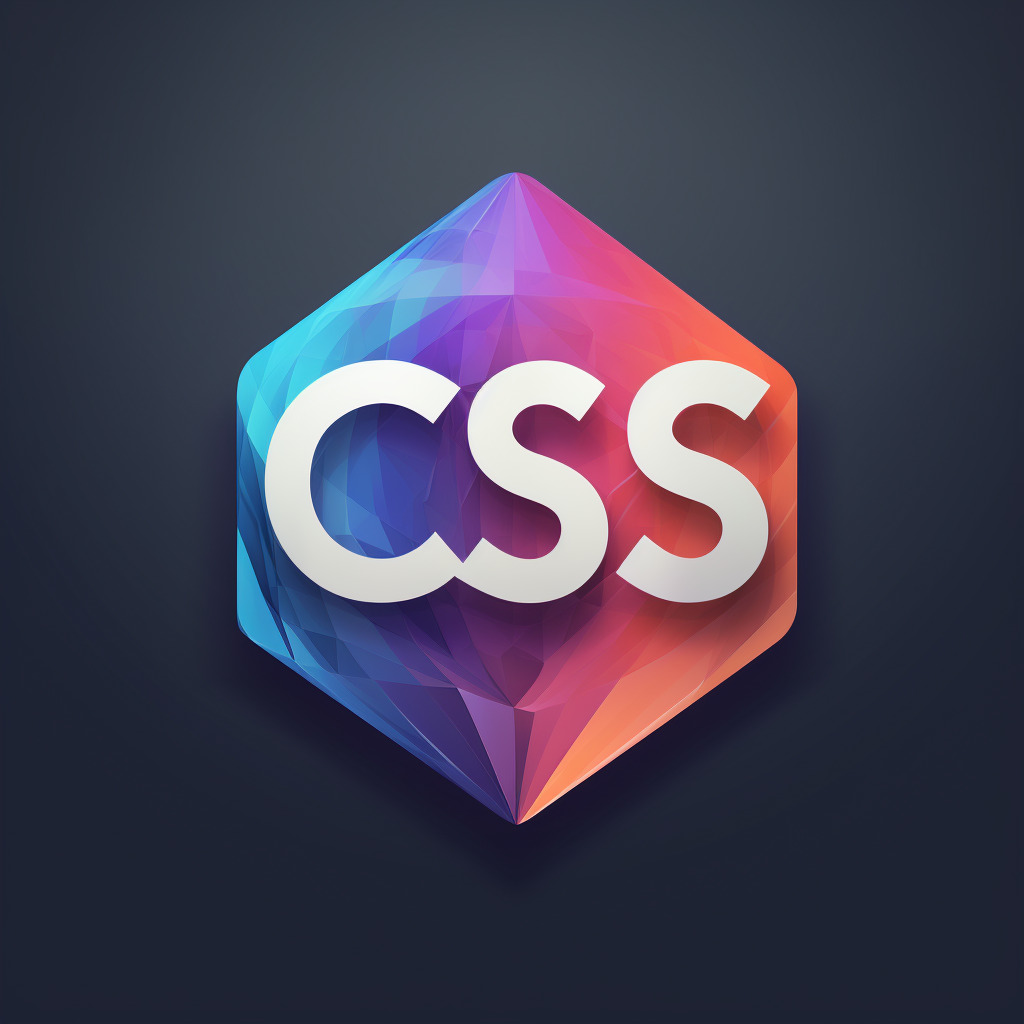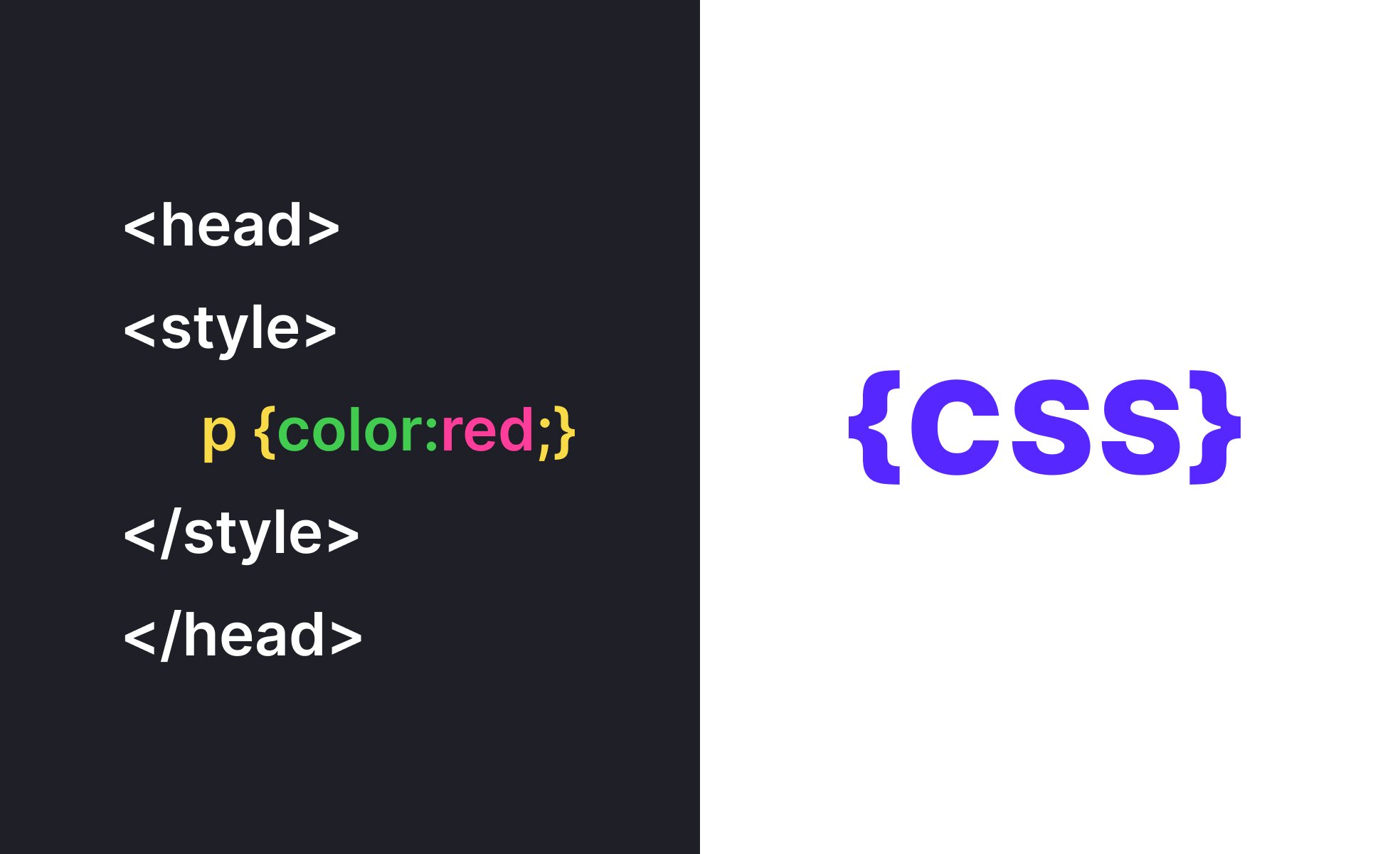Low battery
Battery level is below 20%. Connect charger soon.
This means that every valid css stylesheet is a valid scss file with the same meaning. Im trying to get a background image of a html element (body, div, etc. ) to stretch its entire width and height. Not having much luck. · css and and or asked 15 years, modified viewed 343k times A way to think about it, is that whenever an & is encountered in scss, it will be replaced by the parent selector when build in css. · what is the difference between # and. · using mark up such as , with some background and font color styling in css, renders in chrome as: I would like to make the calendar icon on the right hand side white, so it matches the color of the text. The elements represented by the two sequences share the same parent in the document tree and the … Article > p { } means only style a paragraph that comes after an article. I often drop it into the page temporarily so i can see the size of all the page elements and track down, for example, the one that has too much padding which is nudging other elements out of place. These are all known in css as at-rules. The subsequent-sibling combinator is made of the tilde (u+007e, ~) character that separates two sequences of simple selectors. Theyre special instructions for the browser, not directly related to styling of (x)html/xml elements in web documents using rules and properties, although they do play important roles in controlling how styles are applied. · the ~ selector is in fact the subsequent-sibling combinator (previously called general sibling combinator until 2017): Some code examples: · the css that you referenced is very useful to a web-designer for debugging page layout problems. Is it even possible or do i have to do it some other way besid. · 1 the greater sign ( > ) selector in css means that the selector on the right is a direct descendant / child of whatever is on the left. The first, known as scss (sassy css) and used throughout this reference, is an extension of the syntax of css. When declaring a set of styles for an element and what are the semantics that come into play when deciding which one to use? This syntax is enhanced with the sass features described below. &:hover { font-weight: The @ syntax itself, though, as i mentioned, is not new. An excellent example from sass documentation is this. Files using this syntax have the. scss extension. The same trick can be done with just the first line, but the advantage of … . alert { // the parent selector can be used to add pseudo-classes to the outer // selector.




